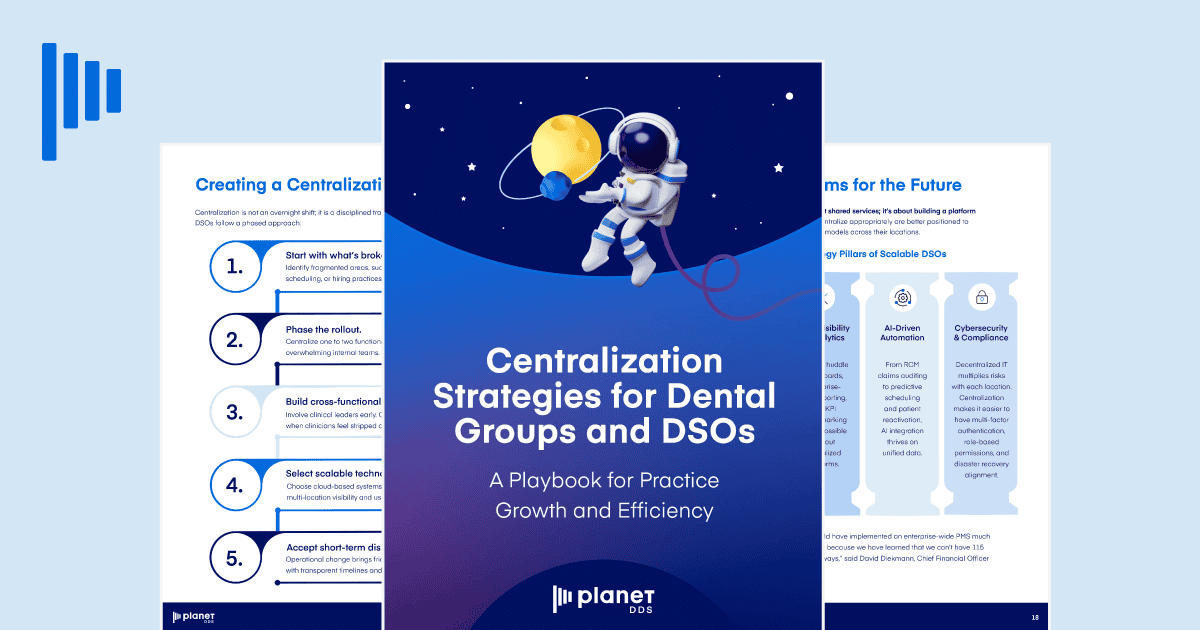The Leadership Framework That Turns Guidance into Growth

This article was written by CEO Eric Giesecke of Planet DDS and originally published on Forbes.com.
As leaders, we are tasked with inspiring others to achieve both personal and professional success. To do this effectively, we need a clear framework that empowers us to lead with intention.
The Leading for Results (LFR) framework provides a strategic approach to leadership that emphasizes the importance of adjusting your leadership style to fit the unique level of motivation and ability of each employee.
LFR is based on the understanding that people’s abilities and motivation levels vary based on experience in role, new challenges and personal situations. Good leaders adjust how they lead based on the style that their direct reports need—not based on how they want to lead or are comfortable leading.
Core Principles of the LFR Framework
At the heart of LFR lies a simple yet powerful concept: People’s motivation and ability are contextual, and your leadership approach should adapt accordingly. Whether an employee is just beginning to build their skills or is highly motivated with a track record of success, the approach to leadership must shift based on what type of guidance they need.
The framework categorizes employees into a matrix based on their motivation and ability levels. For example:
- Low motivation, low ability: A more directive leadership style is required, providing clear guidance, instructions and regular follow-up.
- High motivation, low ability: Here, leaders should offer support and encouragement to develop new skills.
- Low motivation, high ability: Here, something is typically wrong. An employee has the ability but is not performing. The leader should seek to understand what’s going on.
- High motivation, high ability: At this stage, delegation is key, allowing employees to take ownership of their work while still being available for support.
This matrix isn’t static; it requires a leader to flex their style depending on the individual’s current performance, adjusting as the individual’s motivation and ability change.
The Role of Hands-On Management in Early Career Development
In fast-growing companies, one of the most significant challenges is managing individuals at various stages of their professional journey.
In the case of an early-career professional, a more hands-on approach is often necessary to help develop. This doesn’t mean micromanaging; rather, it means offering the support and guidance to build skills for growth. By providing frequent feedback, setting clear expectations and focusing on skill development, leaders can help team members reach their full potential.
For instance, one of our recent promotions involved an employee who had excelled in their original role but was transitioning into management. Though highly skilled in his prior role, the new responsibilities of managing others required additional coaching and support. We implemented a short-term plan using LFR, where I provided more direction at first, ensuring he had the tools to succeed. As their motivation and ability increased, we shifted to a delegation approach, providing him with more autonomy and space to lead.
Balancing Guidance with Autonomy
The balance between directing and allowing autonomy is crucial, especially as team members gain more experience and confidence. The key is to understand when to let go and allow employees to take ownership of their work. While early career professionals may need more direction, as employees mature, they require less oversight. This is where LFR truly shines, as it allows for a transition from hands-on management to empowerment as the individual progresses in their role.
One way to approach this transition is by fostering an environment where feedback is a two-way street. By offering opportunities for open dialogue, employees are encouraged to share their ideas and concerns, which helps build trust and autonomy. As a leader, I make it clear that my goal is to guide and empower, not control. Control builds walls. Great leadership builds runways.
Implementing LFR in Your Organization
In my experience, the more frequently you use the LFR framework, the more intuitive it becomes. And with the right approach, it naturally becomes ingrained in your leadership style. Whether it’s through one-on-one check-ins or team discussions, the framework allows leaders to identify areas for improvement and adjust their leadership style accordingly.
By using LFR as a leadership tool, I’ve been able to foster a culture of continuous improvement. For example, in one recent team-wide initiative, we identified areas where our processes could be streamlined. Using the LFR framework, I was able to delegate tasks based on each team member’s motivation and ability, ensuring that the work was completed efficiently and that individuals were supported in areas where they needed growth.
For leaders looking to implement LFR in their own organizations, the first step is to commit to the framework. It’s not something you can do halfway; it requires dedication and practice. By sticking with it and encouraging its use in leadership development, you can see tangible results in terms of employee performance and engagement.
It’s also important to create a supportive environment where leaders can collaborate and share their experiences using LFR. For example, scheduling cross-functional meetings where team members discuss challenges and successes using LFR when leading can help foster a sense of unity and shared learning.
The Business Impact of LFR
Beyond individual development, LFR has real impact at the organizational level, contributing to faster ramp-up times for new hires, stronger bench strength for internal promotions and improved cross-functional collaboration. We’ve found that LFR helps reduce performance gaps across teams and accelerates decision-making by empowering employees to act with clarity and confidence. These aren’t just soft outcomes. They translate into higher employee retention, better execution and ultimately faster, more sustainable growth.
The LFR framework has been instrumental in shaping my leadership style and ensuring the growth of both the company and its employees. By adapting leadership strategies to meet employees where they are in their development, we can create an environment where everyone, whether just starting their career or learning how to lead a team, is empowered to succeed.
Ready to strengthen your business strategy and empower growth? Contact us today.



